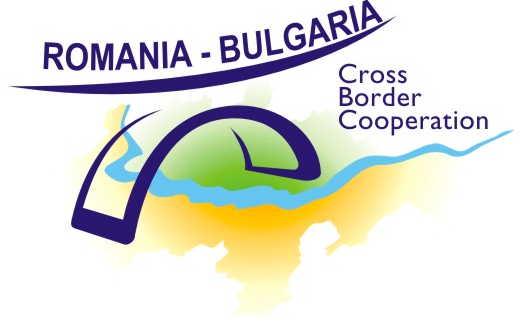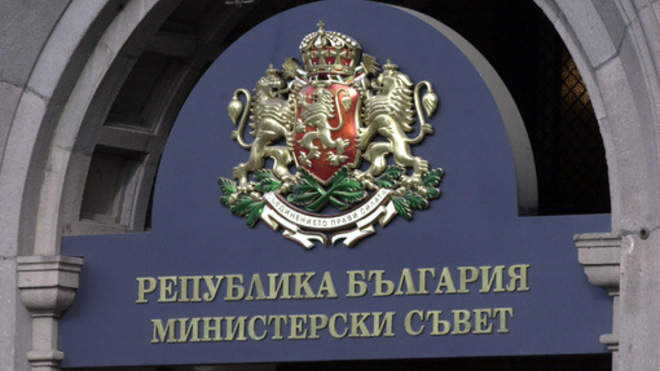Dobrich Municipality is located in northeastern Bulgaria and is part of a district with administrative center Dobrich. It is the largest in the country and borders four municipalities in Dobrich / Gen. Toshevo, Krushari, Balchik and Tervel / and two in Varna / Valchi Dol and Aksakovo /. The municipality is located in the lands of South Dobrudja on a hilly plain, with an average altitude of 240 m. The prevailing climate is temperate-continental, characterized by cold winters and hot summers. The average annual temperature is 10.1 оС. The amount of precipitation is relatively small - 571 l / sq.m. The relative humidity is 78% average per year, with a low percentage of quiet weather and favorable wind conditions.
Dobrich Municipality was established by Decree №3005 of the State Council for Administrative-Territorial Changes in the country from 09.10.1987. The municipality includes 68 settlements: Alcek, Batovo, Benkovski, Bozhurovo, Branishte, Vedrina, Vladimirovo, Vodnyantsi, Dolina, Donchevo, Draganovo, Enevo, Zhitnitsa, Kamen, Karapelit, Kozloduytsi, Kotlentsi, Lovchantsi, Lomnitsa, Lyaskovo, Metodievo, Ovcharovo, Odrintsi, Odartsi, Paskalevo, Plachidol, Pobeda, Shelter, Colonel Minkovo, Pchelino, Roseltsove, Svoboda, Svoboda , Stefan Karadja, Stefanovo, Stozher, Tyanevo, Feldfebel Dyankovo, Hitovo, Tsarevets, Cherna, Bdintsi, Bogdan, Vratarite, Vrachantsi, General Kolevo, Debrene, Dobrevo, Dryanovets, Zlatiya, Kragulevo, Malka Smolnitsa, Medovo, Miladinov Opanets, Orlova Mogila, Colonel Sveshtarovo, Popgrigorovo, Geshanovo, Primortsi, Prilep, Pchelnik, Colonel Ivanovo, Samuilovo, Sokolnik. They are located as a ring around the municipal and regional center at a maximum distance of 30 to 35 km. 27 of them are town halls and 41 are settlements with deputy mayors.
The population is about 26,000 people - Bulgarians, Turks, Roma, Tatars, Armenians. The region has an ethnocultural appearance. Each ethnoculture, preserving and developing its identity, at the same time contributes to building the general cultural traditions of the area. The administrative-territorial structure of the municipality of Dobrich is unconventional given the fact that there is no natural administrative center, where all settlements are placed on an equal footing.
The region of Eastern Dobrudja in Bulgaria covers the territory with borders: to the north - the Danube, to the east - the Black Sea and to the southwest - Ludogorie. This is the most fertile part of the Danube plain, offering conditions for the development of ecological agriculture, processing and light industry. An advantage of the region is the easy access to the interior of Bulgaria and to markets in neighboring Romania. The Danube River is a natural waterway that connects us with 11 countries in Central and Eastern Europe. The region also has direct access to the Black Sea ports of Varna / Bulgaria / and Constanta / Romania /. In the eastern part near the Black Sea is the transport highway Europe 87, connecting our country with Northeastern Europe and Turkey. Two main railway lines pass through the territory of Dobrich Municipality, which carry goods from the ports of the Danube and the Black Sea to Sofia and the southern Balkan countries. In the immediate vicinity of the region is Varna Airport, and only 210 km from the border with Romania is Bucharest International Airport. The region offers hundreds of acres of fertile land, ecologically clean and carefully managed. The municipality is located on 1296 sq. Km, as the total area of arable land is 1090 sq. Km, forests - 193 sq. Km, water areas / dams - - 2.5 sq. Km, roads - 9.5 sq. Km. The relief is flat and extremely favorable for the development of modern agriculture and other activities. The transport network in the municipality has a total length of 439 km, including:
IV class road network - 202.7 km
III class road network - 86.8 km
Second class road network - 149.5 km
















